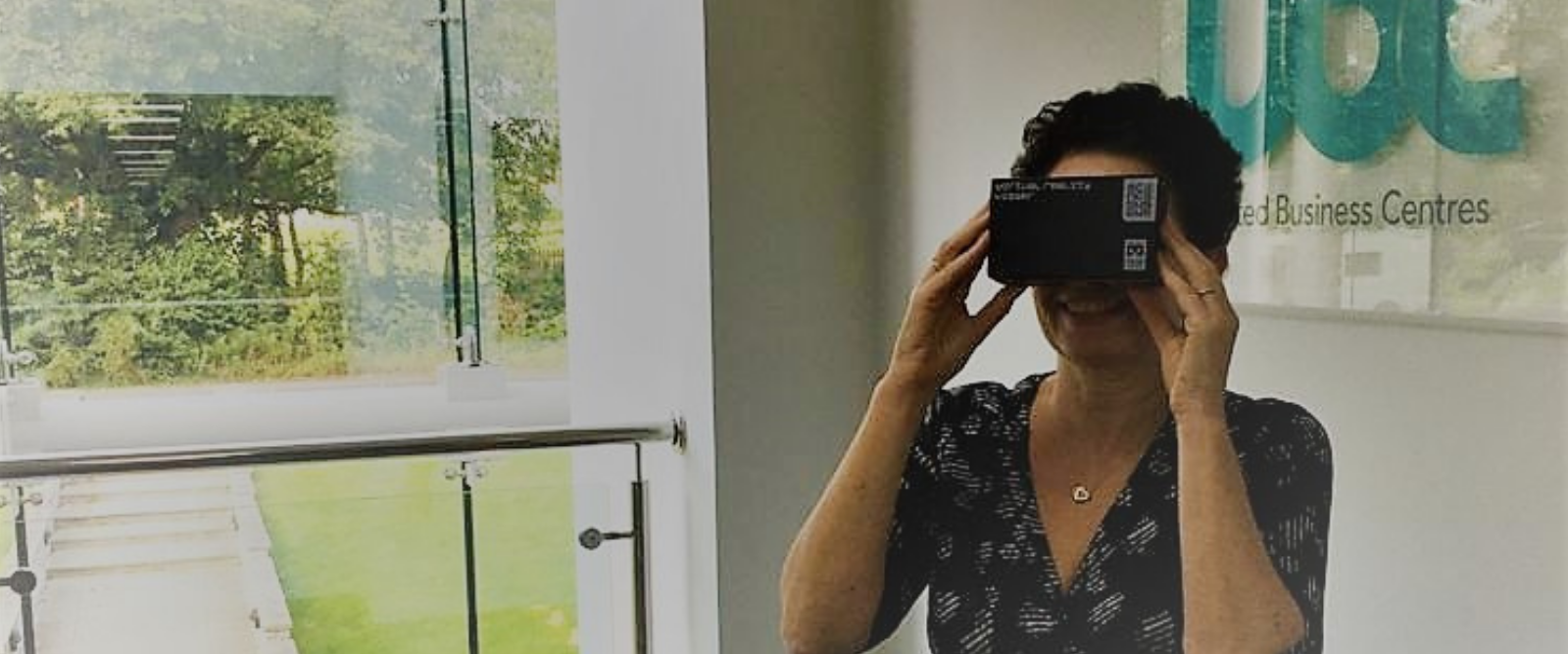
Virtual tours are becoming part of our industry’s evolution
Jane Erasmus, Sales & Marketing Director at Flexible Space Association member UBC, shares her experience of using virtual tours to show workspace.
What do you think about Virtual Tours to market your workspace?
If you’re like me, you probably think about it broadly in two ways: pre-COVID, and now.
Before the pandemic, at UBC we had short YouTube video tours of our centres which enabled prospective clients to take a quick virtual glimpse inside the space. Videos have always been a useful way to show off the space and the local area, pique interest and lead to the next, critical part of the process: an in-person tour with a Centre Manager (remember those?)
Pre-COVID, I had been considering for some time whether to do more with our videos, and I wondered whether a video or a 360 tour would be best. Initially, my preference was for video as I felt it would be more likely to engage and encourage a physical tour.
But then COVID happened and during the initial lockdown, even though our centres remained open for essential business we paused in-person tours while our staff worked remotely.
When restrictions lifted and office enquiries resumed in earnest, we were in a situation where a lot of our prospects were interested but still couldn’t visit in-person, so we offered live video tours instead. We used platforms like Facetime and WhatsApp to meet potential customers remotely and tour them around by live video, which worked really well.
Some potential customers are still requesting live video tours to enable them to take a quick look and meet the team before deciding which centres to tour in person. In addition to ‘staying safe’, it’s another way to cut down on unnecessary travel and physical meetings, and avoid wasting time on spaces that might be unsuitable. It effectively gives potential customers the opportunity to shortlist before going out to tour.
Given the ongoing popularity of our live video tours, it seemed logical that an immersive virtual experience that can be accessed at any time would be an advantage.
So we took the next step.
We recently booked a tour shoot for our Birchwood flexible workspace on the 1st Floor at Rutherford House. The 3D tour uses Matterport technology, and the result is a dimensionally accurate 3D digital twin of the entire space, which is layered with tags that viewers can click for more information.
The 3D walk-through is incredibly immersive, and as it contains accurate measurements — from floor plans right through to the length of the reception desk — it’s almost as good as the real thing.
Take a look for yourself here.
You can view the 360◦ tours on a laptop, tablet or other device, but if you want to take the experience up a notch, use a 3D viewer and you’ll get the full Virtual experience which feels almost like you’re standing in the space. Here’s a photo of me looking delightful with a 3D viewer, taking the tour from within the building (how quirky!)
One thing I’ve learned from the current situation is that the pandemic is adding impetus to a number of trends and ideas that were already happening within our industry. The Virtual Tour is one of them.
Like so many others working in commercial property, I was seriously considering investing in virtual tours as part of our marketing process; I just wasn’t planning on doing it right now. But, we’ve found that the quality and interactive nature of the tour is helping prospective clients gain an incredibly accurate feel for the space which is helping them to create informed decisions, even before visiting in person. When they do come and meet us, they are more prepared — it’s like they’re coming for a second visit.
We’ve had fantastic feedback on our Birchwood tour and we’re now planning to create more virtual tours for our other 6 centres. For us, it’s the way forwards, and I believe that even after coronavirus, it’s a natural evolution in the way people experience and make decisions about new workspaces.
15 September 2020
Return to News Page

